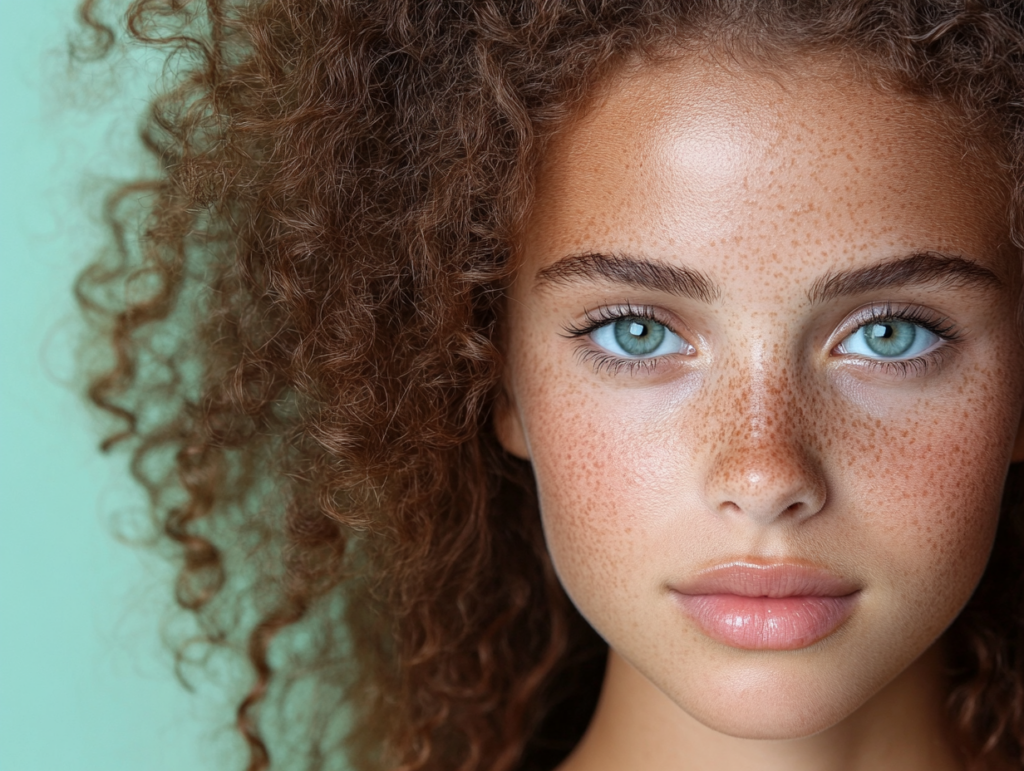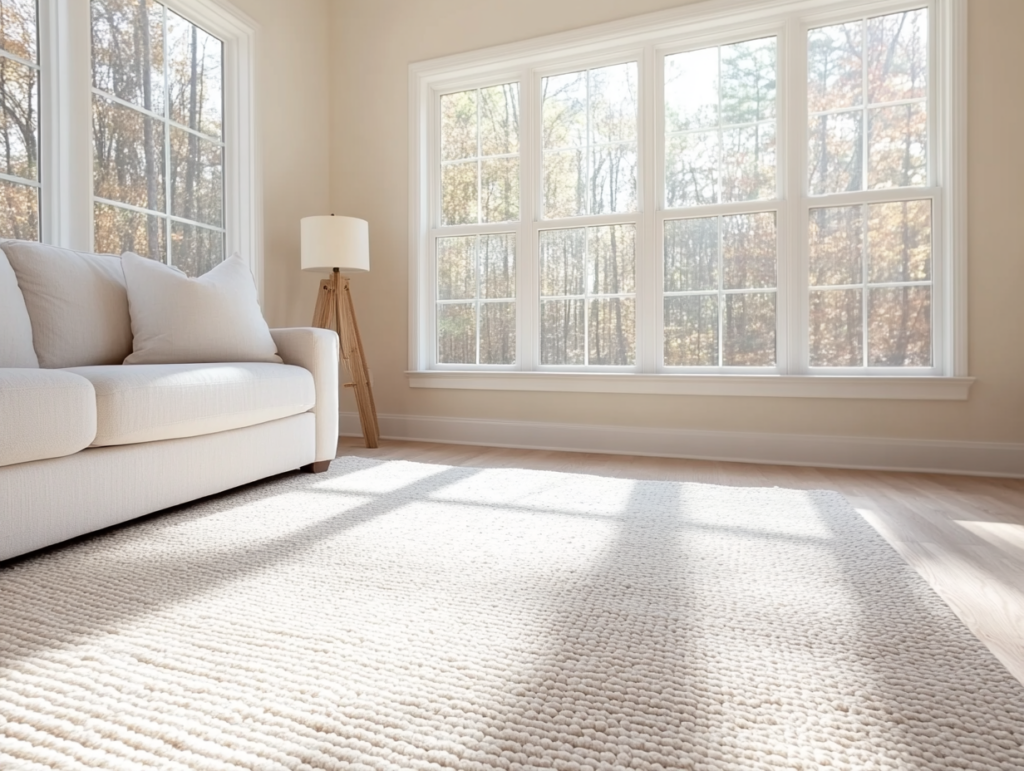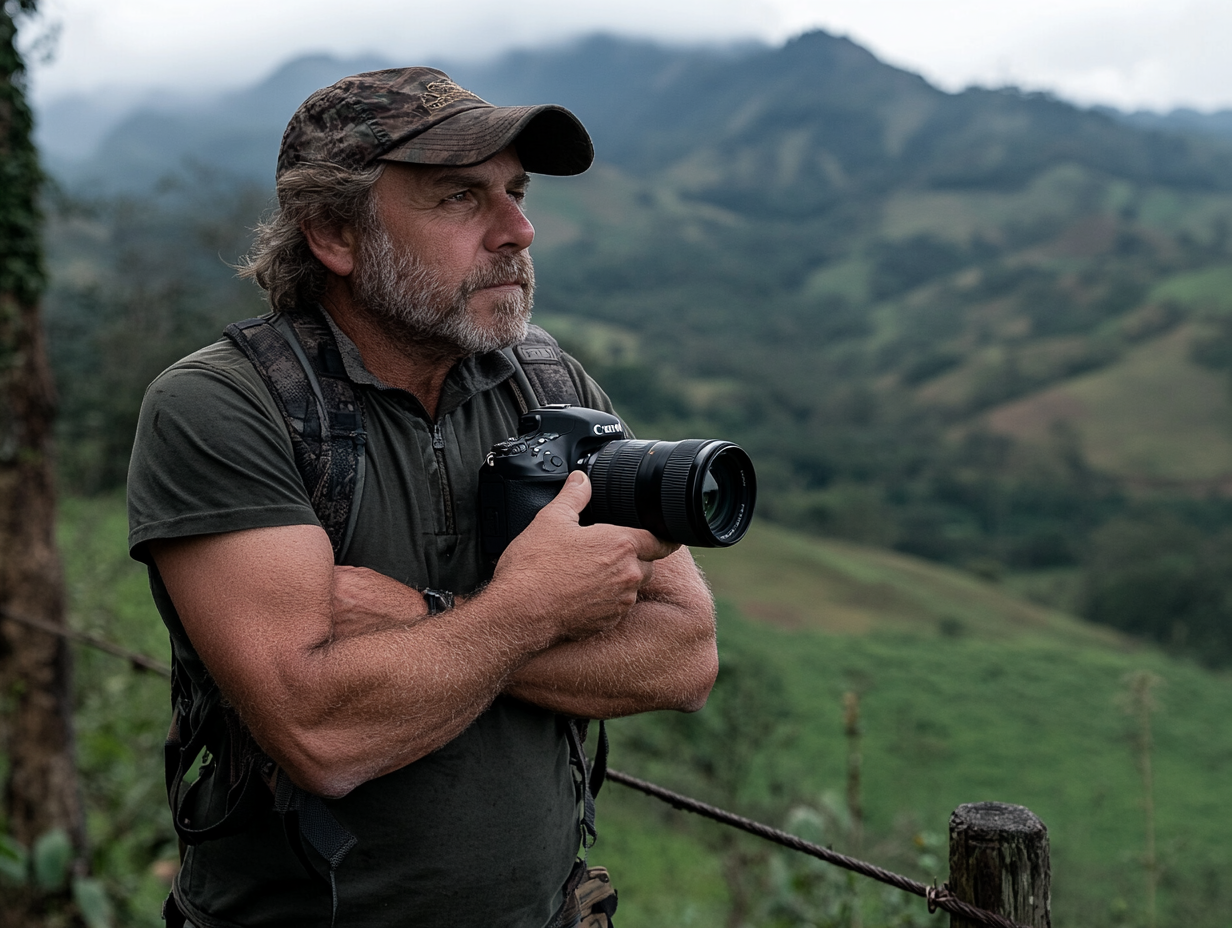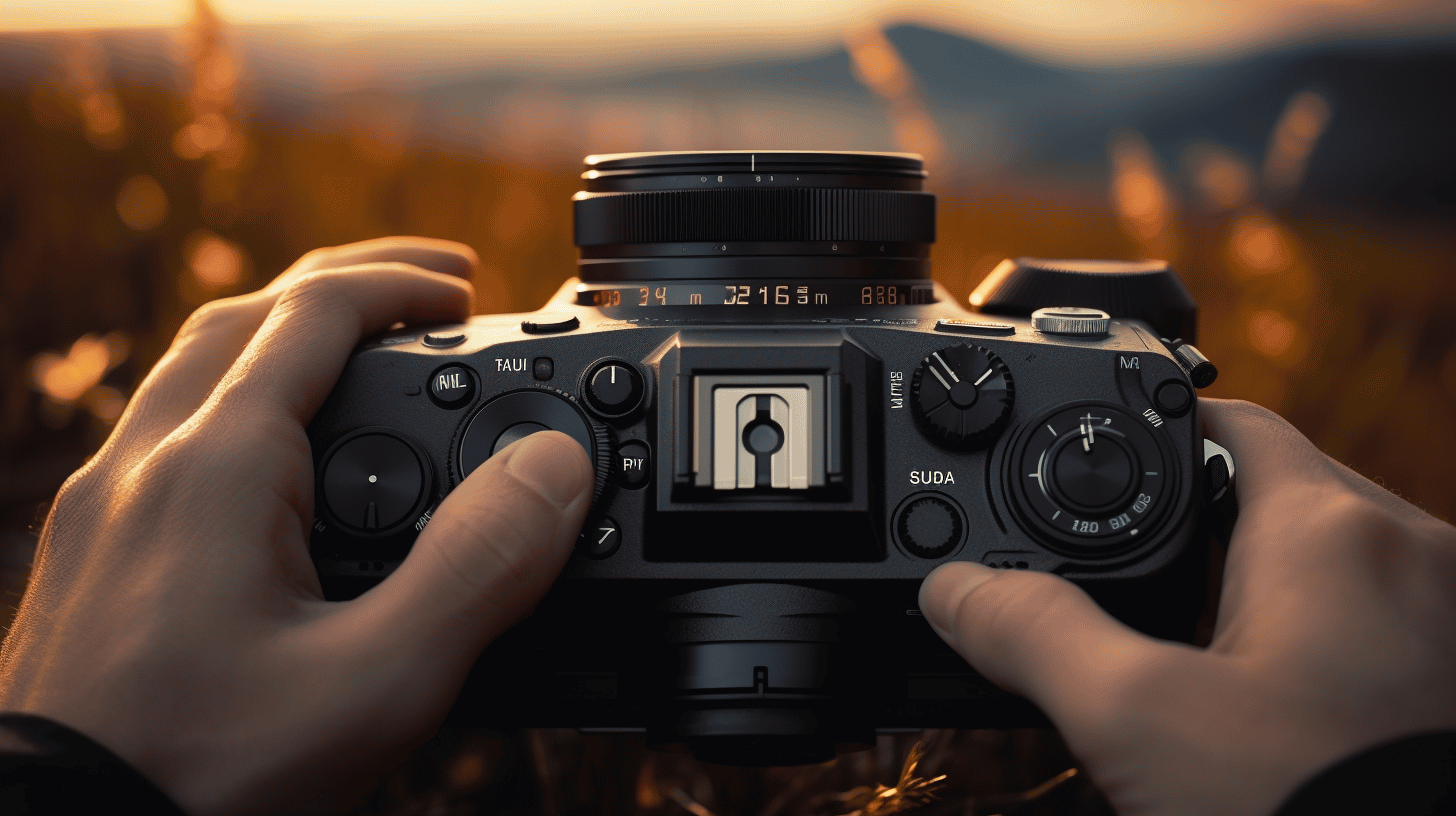Mastering White Balance Adjustments for Accurate Colors
Getting accurate colors in your photos starts with understanding white balance adjustments. White balance ensures that the colors in your images appear natural under different lighting conditions, from bright sunlight to artificial indoor lighting. In this guide, we’ll explore what white balance is, how to adjust it, and techniques for achieving accurate colors in various settings.
What is White Balance?
White balance is a camera setting that adjusts for the color temperature of the light source, ensuring whites look white and other colors remain true to life. Different light sources emit different color temperatures: sunlight has a blue tone, incandescent bulbs lean yellow, and fluorescent lights often add a green tint. Adjusting white balance compensates for these differences, resulting in accurate and natural colors.

Color Temperature Explained
Color temperature is measured in Kelvins (K) and ranges from warm tones (around 2000K) to cool tones (over 10,000K). Here’s a quick reference for common light sources:
- 2000-3000K: Tungsten/incandescent light (warm, yellowish)
- 4000-5000K: Fluorescent light (cool, with a slight green tone)
- 5000-6500K: Daylight (neutral to slightly cool)
- 6500-10,000K: Shade or overcast (cooler, blueish tones)
White Balance Presets
Most cameras offer a variety of white balance presets designed for common lighting scenarios. Here’s how to use each one effectively:
1. Auto White Balance (AWB)
Auto White Balance (AWB) is convenient and works well in mixed lighting, as the camera adjusts color temperature automatically. However, AWB may not always deliver perfect results in challenging lighting situations, such as when shooting under tungsten or fluorescent lights.
2. Daylight
Use the Daylight setting for outdoor shooting in direct sunlight. This setting locks color temperature at around 5500K, producing natural colors in bright, clear conditions.
3. Shade
In shady outdoor areas, light can appear cool or blue. The Shade setting increases the color temperature to around 7000K, adding warmth and balancing the cooler tones of shaded light.
4. Cloudy
The Cloudy setting is slightly warmer than Daylight (around 6000K) and is ideal for overcast conditions. This setting adds warmth to prevent photos from looking overly cool.
5. Tungsten
Tungsten or incandescent lighting tends to have a yellowish tone, around 3000K. The Tungsten setting compensates by adding blue tones to balance out the warmth.
6. Fluorescent
Fluorescent lighting often casts a greenish hue. The Fluorescent setting adjusts color temperature to neutralize green tones and produce more natural colors.
7. Custom White Balance
When shooting in unique lighting or mixed light sources, a custom white balance provides the most accurate results. To set it up, use a gray card or white surface as a reference, and your camera will calibrate the color temperature based on the light hitting that object.

How to Adjust White Balance
1. Setting White Balance on Your Camera
Most cameras allow you to adjust white balance via the main menu or quick settings. Choose the preset that best matches your lighting, or use a custom setting if available.
Tip: Experiment with different white balance presets to see how they impact colors in different lighting.
2. Adjusting White Balance in Post-Processing
If you shoot in RAW, you can easily adjust white balance during post-processing in software like Lightroom or Photoshop. RAW files retain all color data, allowing for flexible adjustments without quality loss. Here’s how to adjust white balance in Lightroom:
- Select the image and go to the Develop module.
- Use the Temperature and Tint sliders to fine-tune color balance.
- Click the eyedropper tool and select a neutral area in the image to set an accurate white balance.
Using Kelvin to Fine-Tune White Balance
Some cameras allow you to manually set the color temperature in Kelvin. This gives you greater control over white balance and is especially useful in controlled environments like studios. Here’s a quick guide:
- Warm Indoor Lighting: Set to around 2800-3200K for accurate colors under tungsten lighting.
- Natural Daylight: Use 5000-6000K for outdoor shooting in sunlight.
- Shade or Cloudy: Increase to 6500-7500K to add warmth in cooler, shaded conditions.
Common White Balance Mistakes and How to Avoid Them
- Relying on Auto White Balance in Mixed Lighting: AWB can struggle in mixed lighting, such as rooms with both window light and artificial light. Use a custom white balance or adjust in post-processing for best results.
- Forgetting to Reset White Balance: If you manually set white balance, remember to adjust it when your lighting changes to avoid color casts.
- Neglecting to Use Kelvin or Custom WB in Difficult Light: In challenging lighting, set white balance manually using the Kelvin scale or custom setting for the most accurate colors.
FAQs
What is the best white balance for outdoor photos?
For outdoor photos in direct sunlight, use the Daylight preset or set color temperature to around 5500K. This provides a natural look without unwanted color casts.
Should I use Auto White Balance for portraits?
Auto White Balance can work well for portraits, but you may achieve more consistent results using a custom white balance or setting Kelvin manually. This is especially true in controlled lighting environments.
How do I adjust white balance in post-processing?
If you shoot in RAW, you can adjust white balance in software like Lightroom by using the Temperature and Tint sliders or by selecting a neutral area in the image with the white balance eyedropper tool.
What is a custom white balance?
Custom white balance allows you to set an exact color temperature by photographing a gray or white reference card. The camera adjusts colors based on this reference, providing accurate colors in unusual lighting conditions.
Additional Resources
- Camera Settings Tips – A guide to mastering essential camera settings for all scenarios.
- Portrait Photography Tips – Learn how to achieve natural colors in portrait lighting setups.
External Resources
- Photography Life: Understanding White Balance – A detailed explanation of white balance and color temperature.
- Canon Support: White Balance – Canon’s





0 Comments